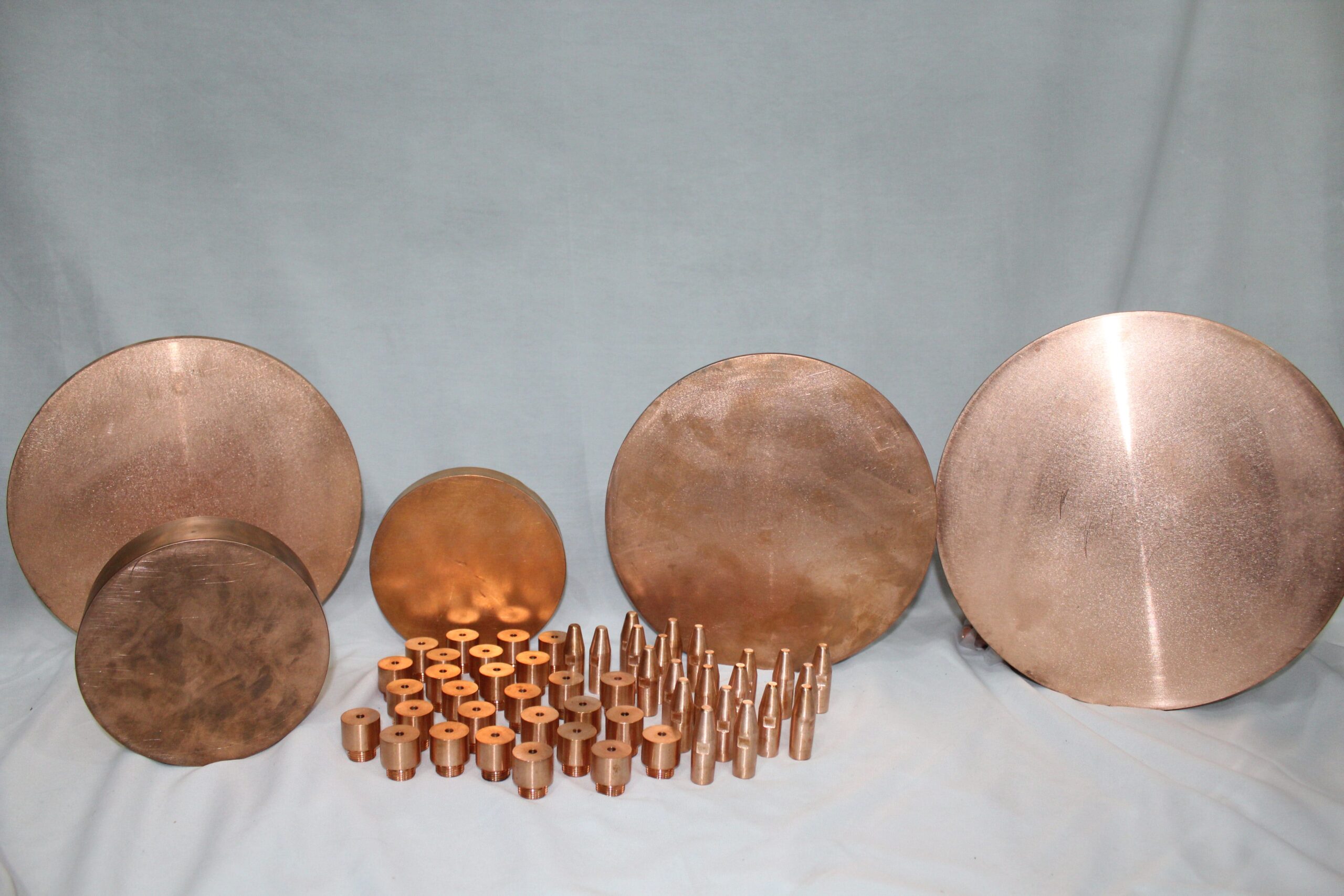The Future of Resistance Welding

Innovations in Resistance Welding Equipment and Automation
Resistance welding has long been a key process in manufacturing, offering efficient, reliable, and strong joints in various industries, from automotive to aerospace. As the manufacturing landscape evolves, so too does welding technology. In this blog, we’ll explore how automation and innovative welding equipment are reshaping the future of resistance welding.
1. The Rise of Automated Resistance Welding Machines
The demand for higher production efficiency has led to the increased use of automated resistance welding machines. Automation minimizes human error and ensures consistent weld quality. Whether it’s spot welding stainless steel, projection welding, or longitudinal seam welding, automation delivers precision and speed that manual welding processes can't match.
- Key Innovations:
- Automated Resistance Welding Machines: These machines are equipped with advanced sensors and software to control temperature, pressure, and timing for optimal welds.
- Micro Resistance Welding: Precision welding for smaller parts, particularly useful in electronics and medical devices.
Smarter Welding Equipment with AI and IoT Integration
Artificial intelligence (AI) and the Internet of Things (IoT) are becoming significant components in modern resistance welding. These technologies are embedded in welding machines to allow real-time monitoring, predictive maintenance, and adaptive adjustments to the welding process. This results in fewer machine breakdowns and increased longevity of equipment.
- Key Equipment Upgrades:
- Resistance Welding Supplies with IoT-Enabled Monitoring: Track wear and tear on electrodes and supplies to replace them before they cause downtime.
- Smart Resistance Welding Machine: Machines that automatically adjust based on material type, thickness, and joint requirements.
Seam Welding Advancements for Higher Precision
For industries requiring long continuous welds, such as the production of pipes or storage tanks, seam welders are indispensable. Innovations in electric resistance welding and laser seam welders now allow manufacturers to achieve smoother and stronger seams at a faster rate. The development of automatic seam welding machines has drastically improved both speed and accuracy in these applications.
- Types of Seam Welders:
- Laser Seam Welders: Offering extreme precision and control, particularly for high-end applications where the smallest defects can compromise the product.
- Longitudinal Seam Welders: Ideal for large cylindrical or rectangular components like tanks and pipes.
Enhanced Welding Electrodes for Longer Lifespan and Better Performance
The quality of welding electrodes can significantly impact both the performance of the weld and the lifespan of the welding machine. Advances in materials, such as tungsten spot welding electrodes and copper electrodes for spot welding, have improved heat resistance and durability, resulting in fewer electrode changes and higher productivity.
- Material Advancements:
- Tungsten Electrodes: Known for their high heat tolerance and suitability for welding difficult materials like stainless steel and aluminum.
- Copper Electrodes: Offering excellent conductivity, particularly in spot welding copper and other non-ferrous metals.
Cost-Effective Solutions: The Changing Price of Seam Welding Machines
While automated and AI-enhanced welding machines come with higher upfront costs, they often result in long-term savings due to reduced labor and material waste. The competition among seam welder manufacturers and the increasing adoption of technology have also started to drive down the seam welding machine price.
- Market Trends:
- More resistance spot welders for sale offer competitive pricing and added features such as smart integration.
- Seam Welder for Sale deals have become more accessible, allowing small and medium enterprises to invest in this cutting-edge technology.
Projection Welding and Flash Welding: Specialized Solutions
Beyond spot welding and seam welding, industries are also turning to specialized welding techniques like projection welding and flash welding. Both offer unique advantages depending on the application, whether it’s securing fasteners or joining large sections of metal.
- Innovations in Flash Welding:
- Flash Welding Machines are now more energy-efficient and offer better control over the weld cycle, ensuring high-quality results for heavy-duty applications.
Conclusion: What’s Next in Resistance Welding?
The future of resistance welding is moving towards fully automated, AI-driven systems that reduce manual intervention and improve both speed and precision. As manufacturers continue to adopt advanced welding techniques and equipment, the demand for high-quality resistance welding electrodes, machines, and accessories will only grow. Whether you’re looking for a resistance welder for sale or considering upgrading your existing setup with automated resistance welding machines, the innovations in this field promise increased productivity and long-term cost savings.
At Weld Alloys Corp, we specialize in providing top-grade welding materials such as chromium copper rods, tungsten copper, and beryllium copper—all critical components in advanced resistance welding applications. Our range of welding alloys is designed to meet the highest standards of durability and performance, ensuring your welding equipment operates at its best. As the industry evolves, we remain committed to offering cutting-edge materials that enhance your welding processes, whether you're a small business or a large-scale manufacturer.
Stay ahead of the curve by investing in the latest resistance welding technology, and make sure your business is prepared for the future of manufacturing. Invest in the future of welding with Weld Alloys Corp—your partner in quality welding supplies. Contact us today!